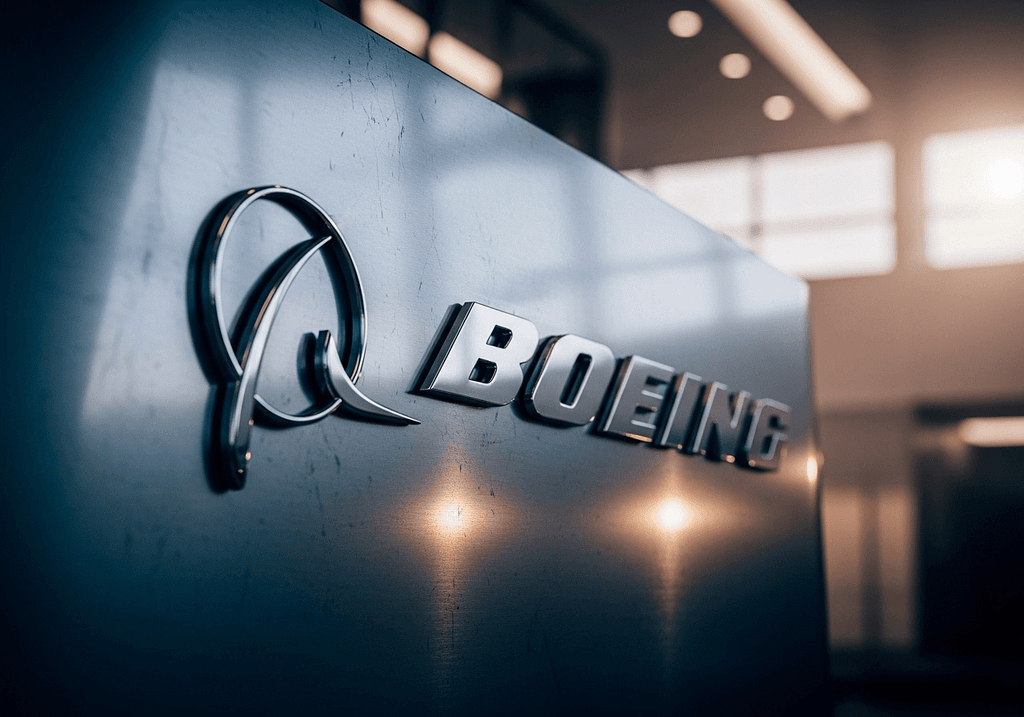Boeing shares dropped 4% after 3,200 skilled defense division workers launched their first strike since 1996 on August 4, 2025. What does this mean for American defense and investors when a $20 billion F-47 program is at stake? Analysts estimate potential daily losses of $100 million during an extended strike. Market capitalization fell by $6 billion within 48 hours.
Most Generous Offer in History Wasn’t Enough: Workers Rejected $102,600 Annual Pay
Boeing workers in St. Louis, St. Charles, and Mascoutah rejected a four-year contract despite a 20% wage increase from an average of $75,000 to $102,600 annually. The offer included a one-time $5,000 bonus and improved retirement benefits. Boeing called it the most generous offer in the history of negotiations with IAM 837 union.
Key points of the rejected offer:
- 20% wage increase over four years
- Immediate full 401(k) contributions instead of gradual rollout
- More vacation and sick leave
- Elimination of controversial alternative work schedules
General Manager Dan Gillian stated after the vote that the company is prepared for the strike and has implemented a contingency plan for non-striking employees.
Boeing Market Cap Dropped $6 Billion Within 48 Hours
This contract rejection immediately impacted financial markets. A sixty-day strike could cost Boeing up to $6 billion in lost revenue with estimated daily losses of $100 million. The defense division generated $6.6 billion in Q2 2025 revenue, significantly less than the $10.9 billion from commercial aviation.
Markets reacted immediately with a 4% stock drop in early trading, with market capitalization falling $6 billion within 48 hours. However, Boeing maintains cash reserves of $13.8 billion and raised $21 billion from stock sales last year.
Factors affecting development include:
- Potential delays in key defense system deliveries
- Possible penalties for contract deadline violations
- Questions about Pentagon confidence amid recurring issues
Why the F-47 Fighter is Key to Countering China
These financial losses are particularly problematic for investors as they threaten a crucial investment program. The F-47 represents the world’s first sixth-generation fighter. Donald Trump formally designated it as the foundation of American air superiority in March 2025.
The aircraft is designed to replace the aging F-22 Raptor and counter growing threats from China.
F-47 technical specifications:
- Speed over Mach 2 with combat range exceeding 1,000 nautical miles
- Most advanced stealth technology
- Collaboration with autonomous drones (Collaborative Combat Aircraft)
- Planned deployment between 2025-2029
The Air Force intends to purchase more than 185 units, with the program bringing Boeing hundreds of billions during its lifetime. For Boeing, the F-47 represents salvation for the St. Louis division, where the F/A-18 production line is nearing closure.
Lockheed Martin Watches Boeing’s Troubles: Who’s Winning the F-47 Battle
The strategic importance of the F-47 program makes the current strike even riskier for Boeing. Boeing invested significant resources in the St. Louis area – $1.8 billion in production expansion specifically for the F-47 program, designed to end Lockheed Martin’s monopoly on stealth fighter production. The current strike comes at a critical moment when the defense division is stabilizing after two consecutive quarters of gains.
CEO Kelly Ortberg downplayed the potential strike impact last month, referring to the company’s smaller scale compared to last year’s strike by 33,000 Seattle workers, which lasted nearly two months and cost shareholders a 15% stock decline.
The St. Louis area employs more than 16,000 people in the defense industry, with 500 new jobs planned thanks to F-47 expansion. St. Louis County approved $155 million in tax breaks in exchange for Boeing’s investments.
Geopolitical Tensions Rise: Strike Comes at Worst Possible Time
The combination of financial losses and competitive pressure becomes even more critical in the context of current geopolitical situations. The strike comes amid rising tensions with China, when rapid F-47 delivery is a strategic priority for maintaining American air superiority.
The program includes a “family of systems” with autonomous drone companions and advanced sensors designed specifically against sophisticated adversaries. Trump opened the possibility of exporting weakened versions of the F-47 to allied nations. This could significantly increase the program’s market potential and Boeing’s revenue potential.
Successful strike resolution is important not only for Boeing but for the entire American defense architecture. Shortfalls in F-47 delivery could affect Pentagon relationships and create opportunities for competitors at a time when technological superiority over rivals represents a strategic priority.




